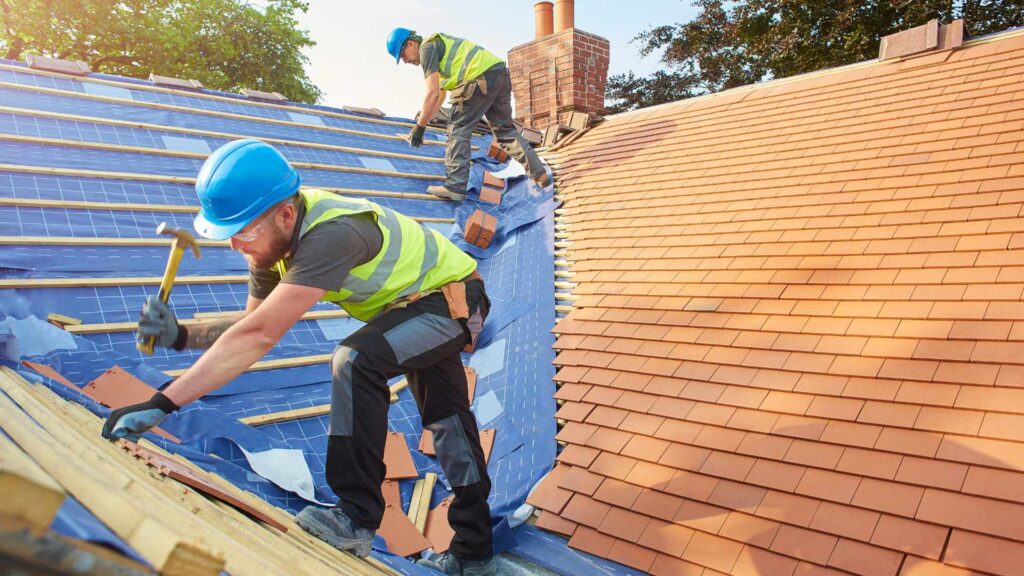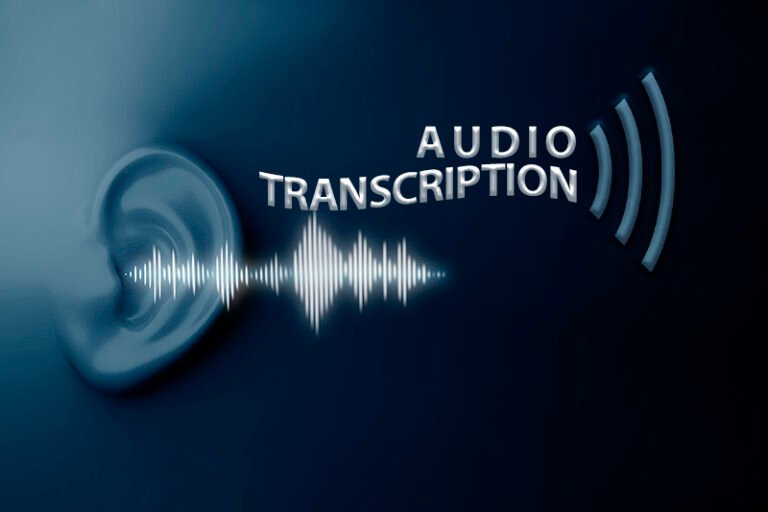When it comes to building design, fascia construction plays a pivotal role that often goes unnoticed by the untrained eye. Fascia, the horizontal band running along the edge of a roofline, is essential not only for aesthetic appeal but also for the structural integrity and protection of a building. In this article, we will explore the importance of fascia construction, its function, materials, and how it contributes to the overall stability of a building.
What Is Fascia Construction?
Fascia construction refers to the process of installing the fascia, a component of a building’s exterior that covers the edge of the roof. This often includes attaching it to the roof trusses or rafters and installing soffits below. Fascia serves both a practical and decorative purpose, creating a finished edge along the roofline and preventing water damage by directing water away from the roof and walls.
The fascia is typically visible from the ground, and as such, it plays a key role in the aesthetic appeal of a building’s exterior. While fascia boards are often overlooked in the design process, they are crucial to maintaining the roof’s efficiency and protecting against elements such as rain, wind, and pests.
The Importance of Fascia Construction in Building Design
- Structural Protection
Fascia construction helps protect the roof structure from weather-related damage. The fascia acts as a barrier to rain, snow, and other elements, preventing water from infiltrating the roof rafters or attic. Without a properly installed fascia, water can seep into the roof and walls, leading to wood rot, mold, and expensive repairs. - Aesthetic Value
Fascia also adds to the visual appeal of a building. When done correctly, it can complement the architecture of the home or building, giving it a polished and cohesive look. Fascia boards can be painted or finished to match the color scheme of the property, adding a clean and uniform appearance to the roofline. - Improved Ventilation and Pest Prevention
The fascia board works in tandem with the soffit to improve ventilation in the attic or eaves. Proper ventilation allows warm air and moisture to escape, preventing condensation and mildew growth. Additionally, well-installed fascia helps prevent pests from entering the attic by sealing gaps and providing a smooth surface for securing ventilation and screens. - Support for Gutters
Fascia boards provide a secure surface for the installation of gutters, ensuring they are properly aligned and able to efficiently direct rainwater away from the building’s foundation. Without a solid fascia, gutters can sag or pull away from the roofline, leading to water damage and decreased functionality.
Materials Used in Fascia Construction
Fascia boards can be made from a variety of materials, depending on the aesthetic preferences, budget, and durability requirements of the project. Some common materials used in fascia construction include:
- Wood
Wood is a traditional material used for fascia boards and is often chosen for its natural beauty and ease of customization. While wood fascia requires regular maintenance (such as painting or sealing) to protect it from the elements, it offers a classic and timeless look. - Vinyl
Vinyl fascia is a low-maintenance option that has gained popularity in recent years. It resists rot, fading, and warping, making it an ideal choice for areas with harsh weather. Vinyl fascia is also available in various colors and styles, making it an attractive and durable choice for many building designs. - Aluminum
Aluminum fascia is another durable and low-maintenance option. It is resistant to rust and corrosion, making it ideal for coastal or humid environments. Aluminum fascia is lightweight yet strong, providing reliable protection against the elements. - Fiber Cement
Fiber cement is a newer option in fascia construction and is chosen for its durability and resistance to fire, rot, and pests. Fiber cement fascia boards can also be painted and offer a similar look to wood while requiring less maintenance.
Fascia Construction: Installation Process
The installation of fascia boards is typically done by professional contractors, though skilled DIYers may attempt the task as well. The process begins by measuring the roofline to determine the correct dimensions of the fascia boards. The boards are then attached to the rafters or trusses using nails or screws, ensuring a secure fit.
In some cases, additional materials, such as soffit panels, are installed to create a continuous and cohesive system that provides ventilation and aesthetic appeal. Once the fascia is in place, gutters and downspouts can be added to complete the system.
Maintenance of Fascia Construction
To ensure the fascia continues to protect the roof and maintain its aesthetic appeal, regular maintenance is required. This can include:
- Inspecting for damage from storms, pests, or water infiltration
- Cleaning gutters to ensure proper water drainage
- Repainting or resealing wood fascia to protect it from weathering
- Checking for gaps or loose boards that may need repair or replacement
Conclusion
Fascia construction is an often-overlooked but crucial aspect of building design. It provides both functional and aesthetic benefits, from protecting the roof and improving ventilation to enhancing the overall appearance of the building. Whether you’re building a new home or maintaining an existing property, paying attention to the fascia is essential for ensuring the long-term durability and beauty of your structure.
Understanding the importance of fascia construction helps ensure that it is correctly incorporated into a building’s design and properly maintained throughout its life. By doing so, you can protect your home or commercial property from the elements while enjoying a polished and professional appearance.















